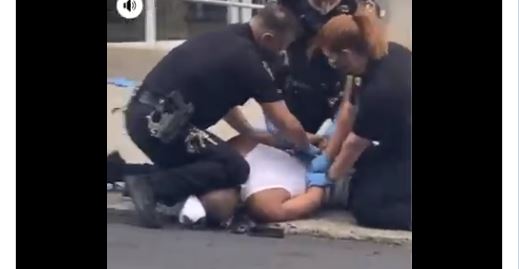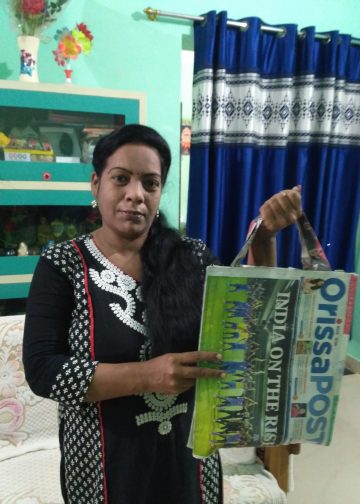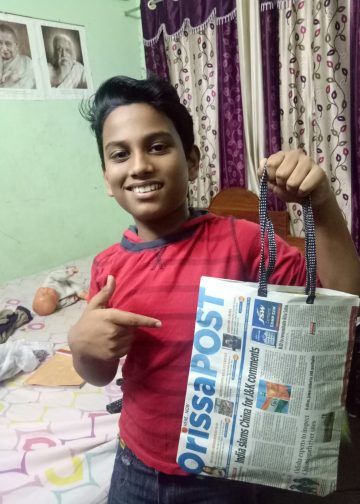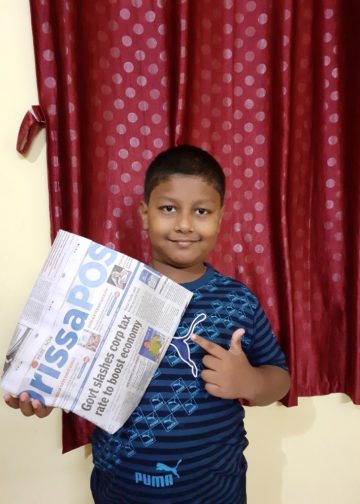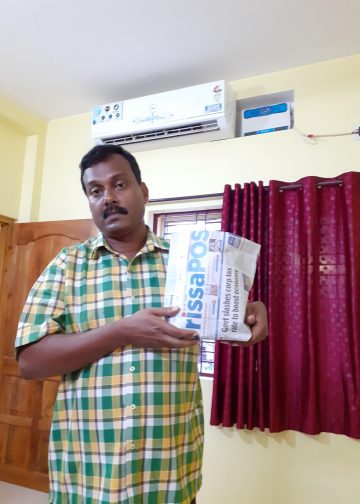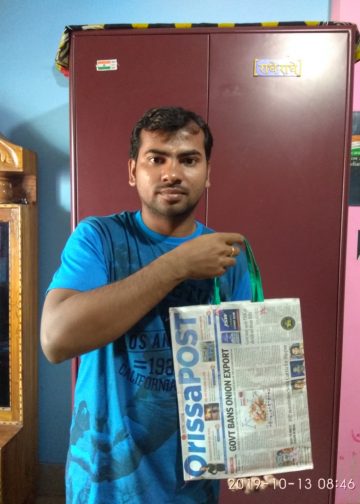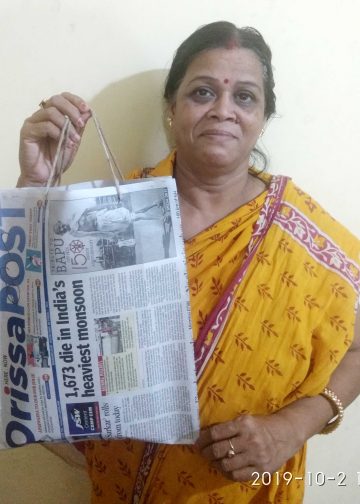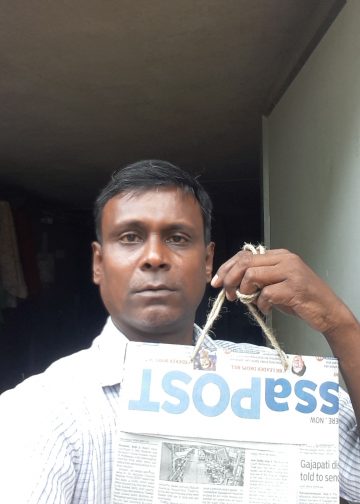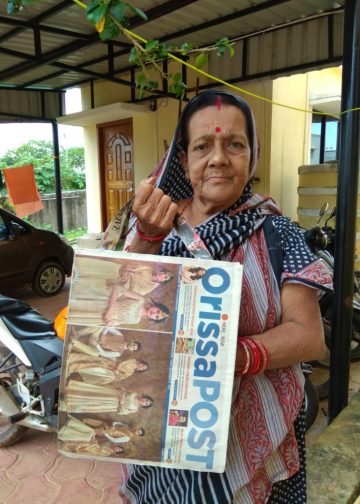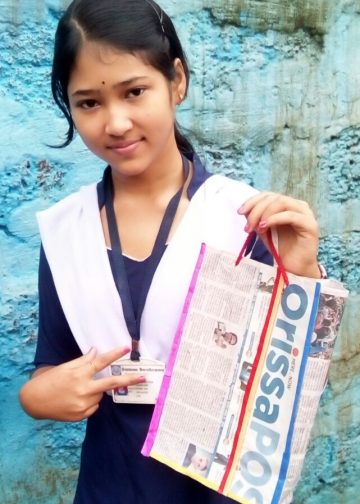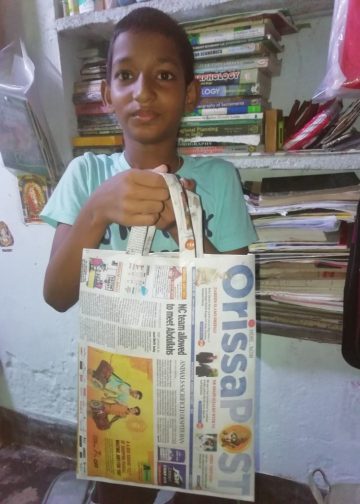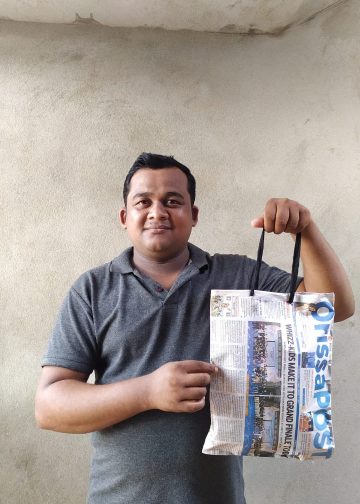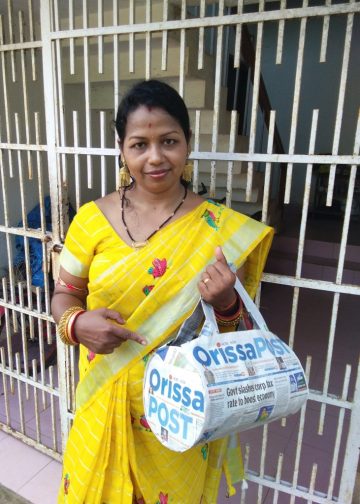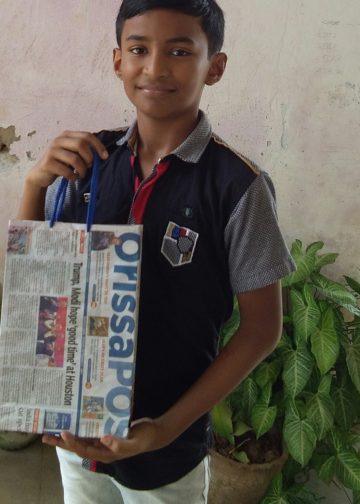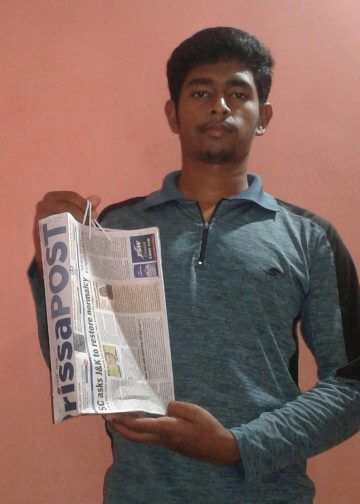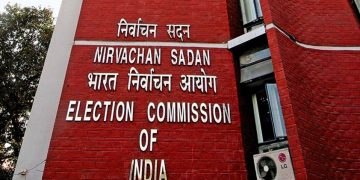Washington: Even as the Derek Chauvin case was fresh in memory — the reading of the verdict in a Minneapolis courtroom, the shackling of the former police officer, the jubilation at what many saw as justice in the death of George Floyd — even then, blood flowed on America’s streets.
And even then, some of that blood was shed at the hands of law enforcement.
At least six people were fatally shot by officers across the United States in the 24 hours after jurors reached a verdict in the murder case against Chauvin on Tuesday. The roll call of the dead is distressing:
A 16-year-old girl in Columbus, Ohio.
An oft-arrested man in Escondido, California.
A 42-year-old man in eastern North Carolina.
The deaths, in some cases, sparked new cries for justice. Some said they reflect an urgent need for radical changes to American policing — a need that the Chauvin verdict cannot paper over. For others, the shootings are a tragic reminder of the difficult and dangerous decisions law enforcement face daily.
An unidentified man in San Antonio.
Another man, killed in the same city within hours of the first.
A 31-year-old man in central Massachusetts.
The circumstances surrounding each death differ widely. Some happened while officers investigated serious crimes. Police say some of the people were armed with a gun, knife or a metal pole. One man claimed to have a bomb that he threatened to detonate. In several cases, little is known about the lives of those killed and what happened in their final moments.
The deadly encounters are only a small snapshot of the thousands of interactions between American police officers and civilians every day, most of which end safely. Uneventful encounters between the police and the populace, however, are not an issue.
It’s a very different story when a weapon is drawn and a life is ended.
As the nation watched the judge read the verdict against Chavuin on Tuesday afternoon, an officer hundreds of miles away was listening over his patrol car radio in a neighborhood in Columbus, Ohio. Minutes earlier, a colleague fatally shot a teenage girl.
Police had been called to the house after someone called 911 and reported being physically threatened. Body camera footage shows an officer approaching a group of people in the driveway as the teenager, Ma’Khia Bryant, swings a knife wildly. Moments later, the girl charges at a young woman pinned against a car.
The officer fires four shots before Bryant slumps to the ground. A black-handled blade, similar to a kitchen or steak knife, lies on the sidewalk next to her.
“You didn’t have to shoot her! She’s just a kid, man!” a man shouted at the officer.
The officer responds, “She had a knife. She just went at her.”
Later, an anguished neighbor yells at officers: “Do you see why Black lives matter? Do you get it now?”
Bryant, who was in foster care at the time, was a shy, quiet girl who liked making hair and dance videos on TikTok, her grandmother, Debra Wilcox, told The Associated Press. Her family says her actions that day were out of character.
“I don’t know what happened there unless she was fearful for her life,” Wilcox said.
Though officials have said Bryant’s death was a tragedy, they point to laws allowing police to use deadly force to protect themselves and others.
The officer’s actions were “an act of heroism” with tragic results, said the National Fraternal Order of Police president, “yet another demonstration of the impossible situations” police face.
___
About the same time the radio brought the news of Chauvin’s verdict to Columbus, two officers in San Antonio were confronting a man on a bus. Exactly how the encounter started remains unclear, but police say the unidentified man was armed. It ended with officers firing fatal shots.
Later that evening in the same city, authorities say a man killed a person working in a shed outside his home. As officers arrived, the suspect started shooting at police. They returned fired, killing him. Officials have not released his name.
___
As the nation digested the news from Minneapolis, the day wore on and daily life unspooled. In Worcester, Massachusetts, the night was punctuated by a standoff with police that ended in gunfire.
Phet Gouvonvong, 31, called 911 and claimed to have a bomb he threatened to set off, police said. Officers found him on the street. They said he was wearing body armor and had a backpack and what appeared to be a rifle.
A police SWAT team joined negotiators. One reached Gouvonvong by phone to try to calm him, officials say.
Around midnight, officials say, Gouvonvong moved toward police, and an officer opened fire.
Gouvonvong was pronounced dead at the scene. Police have not said whether he actually had an explosive device.
Gouvonvong had run-ins with police over the years, including a conviction for assault and battery with a dangerous weapon, but an aunt said he turned his life around, the Telegram & Gazette newspaper reported.
Thursday, his mother crumpled onto the street in tears where flowers had been laid at the site of his killing. Marie Gonzalez told the newspaper she had called police Tuesday night to try to connect with her son but they wouldn’t put her through. She believed she could have prevented it.
“They had no right taking my son’s life,” she said. “They had no right.”
AP

